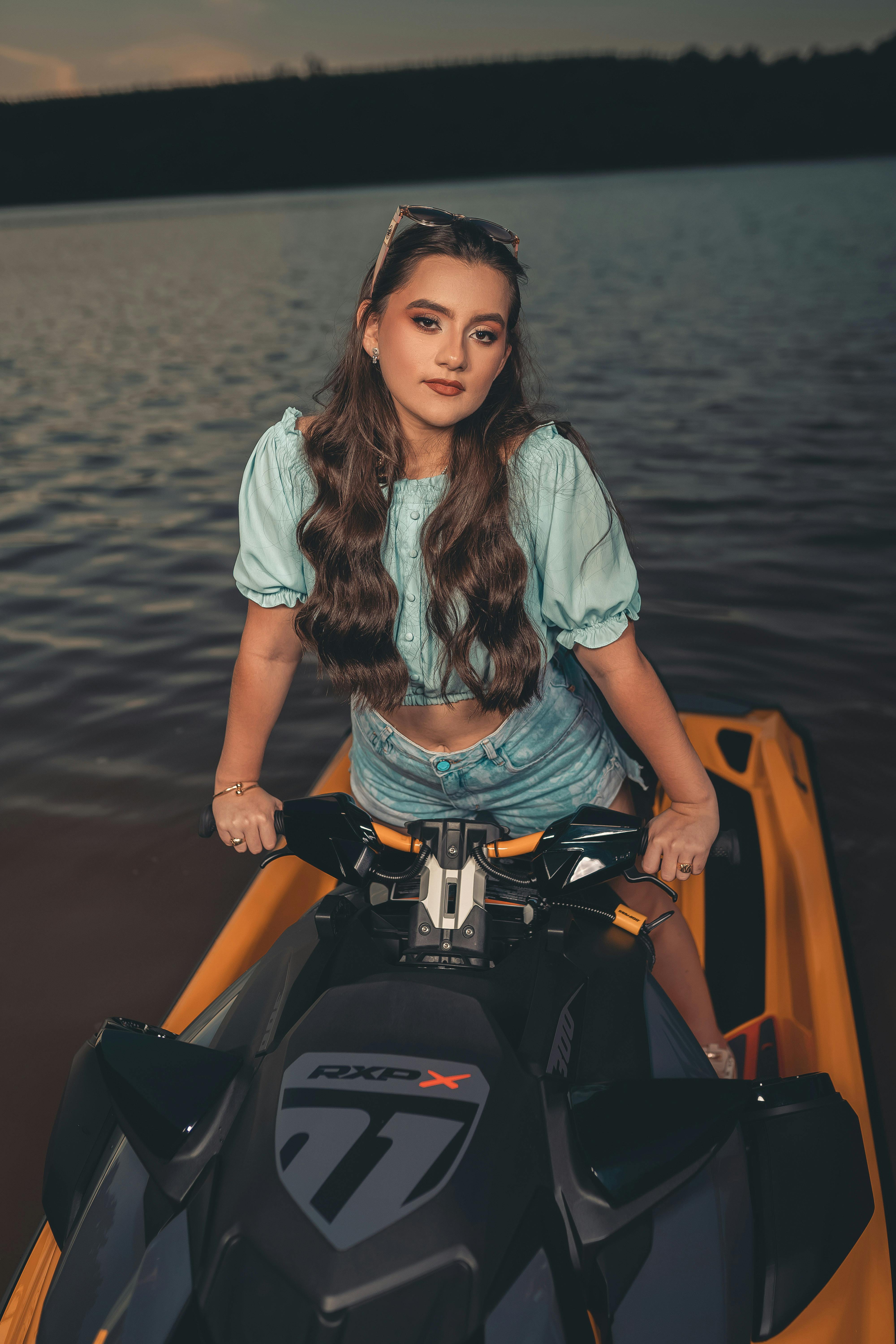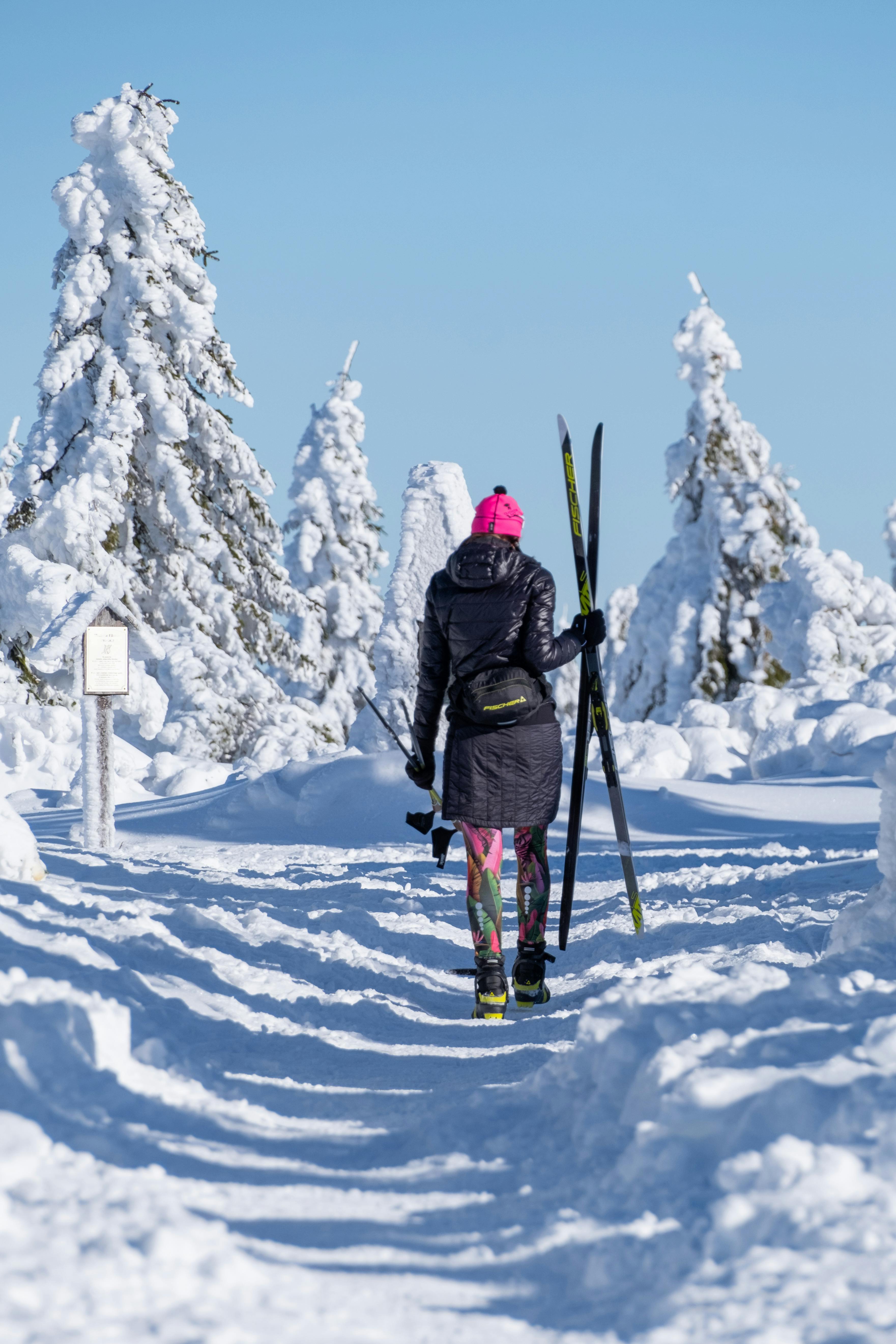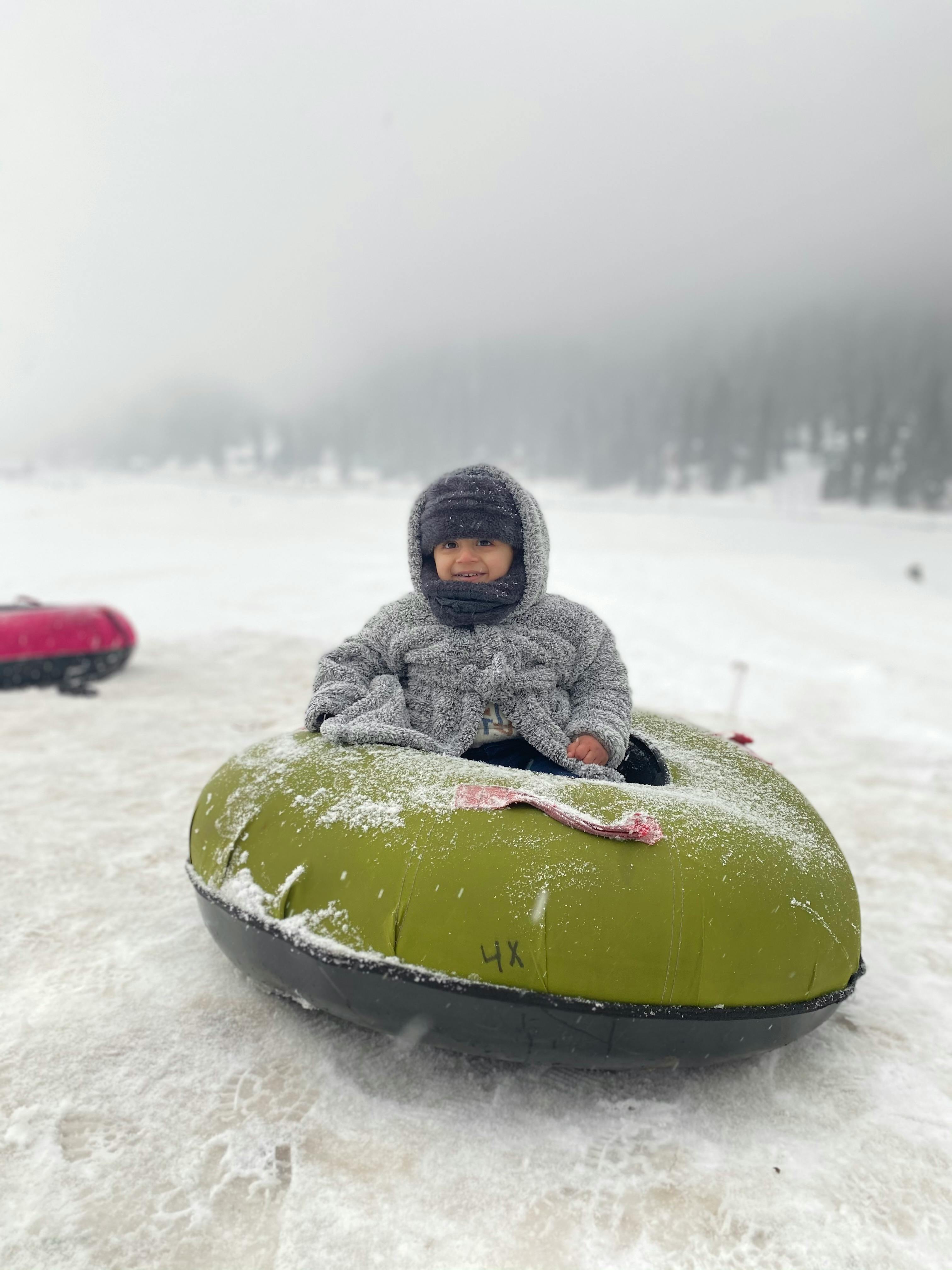7 Things To Know Before Skiing In Switzerland: A Prescription Ski Goggles Adventure
Skiing in Switzerland—where the Alps whisper sweet nothings of adrenaline and frostbite to anyone mad enough to throw themselves down their glistening peaks. Oh, what a glorious flirtation with gravity it is. As someone who's essentially sold their soul to skiing (in exchange for bruises and unparalleled views), few experiences rival the sheer magic of shredding through the pristine slopes of Switzerland. However, skiing with less-than-perfect eyesight? That’s the plot twist no one wants.
Luckily, dear reader, I’ve come with both the scars of poorly executed ski stunts and the wisdom born of trial, error, and prescription ski goggles. Trust me—this is your insider's guide to taming the Swiss slopes and seeing them clearly.
1. When Can You Ski in Switzerland? Timing is Everything
Let’s start with the obvious: knowing when to hit the slopes is crucial. Switzerland's skiing season typically kicks off in late November and extends through April, but like all good things, it highly depends on the weather and altitude. While winter’s transformation begins in earnest by December, the high-altitude resorts such as Zermatt and Saas-Fee sometimes open their powdery doors as early as late October. Yes, you too can achieve "I skied before it was mainstream" status.
By December, the Alps have settled into their role as a wintery playground, painting slopes white and unearthing every bit of existential dread you have about sheer drops. March may see a slight dip in powder quality at lower altitudes, but higher-up, you're golden. You technically can ski until late April, but let's face it—Easter weekends tend to bring more toddlers toppling over than actual skiing tranquility. Choose your timeline wisely, adventurer.

2. Vision, Fog, and Why Prescription Ski Goggles Are Life-Saving
Skiing is exhilarating but also desperately reliant on seeing, well, everything. From rogue snow bunnies (the human kind) to surprise trees seemingly leaping into your path, vision is non-negotiable. You may be tempted to wear your regular prescription glasses under ski goggles, thinking, “What could go wrong?” Well, allow me to paint you a picture: fogged-up glasses, significant facial discomfort, and the constant prayer that your goggles (and hopes) stay in place during a double black diamond descent.
This is where prescription ski goggles—or rather, Overo Prescription Ski Goggle Inserts—swoop in as saviors. Remember all those times life blessed you with visibility and comfort at the same time? Yeah, me neither, until these goggles arrived. They’re basically ski-goggle magic: clear, fog-free vision cradled in military-grade anti-fog coating technology, all while having the stability to survive my chaotic, occasionally airborne skiing attempts. Throw in recyclable materials for an eco-friendly touch, because why just protect your eyeballs when you can save the planet too?

3. Swiss Slopes Aren’t One Size Fits All (Neither Are Goggles, For That Matter)
The Swiss Alps offer an insane variety of runs, from bunny slopes for beginners who value their ability to stand upright to bone-chilling (literally and figuratively) black diamonds that might make you question every decision that led you there. My personal favorite has always been Verbier. Not just because it’s stunning, but because Verbier seems custom-built for the slightly foolhardy—like me—who enjoy a solid mix of expert terrain and après-ski that’s bougie enough to justify the faceplants.
But regardless of where you ski, make sure your gear is up to par. Mainstream goggles usually try to muscle over prescription glasses, resulting in compatibility fails. The Overo Prescription Inserts, however, fit with most major brands. You get compatibility without sacrificing style or comfort. Honestly, I’ve had fewer debates about compatibility in my skiing life than in my dating life—which says so much more about the inserts than my relationships.

4. How to Win the Eternal Battle With Fog
Fogging isn’t just frustrating—it’s borderline offensive. There you are, conquering pristine downhill fields like a Nordic god, and suddenly your lenses decide to blindside you. Anti-fog sprays and cloths might help... if you wanted to stop every five minutes to pretend you run an eyewear windshield-wiping service. But skiing doesn’t wait, darling, and that’s why the aforementioned Overo anti-fog tech feels like it was engineered by miracle workers on caffeine. I’ve hit temperatures so cold even my thoughts froze, and still had crystal-clear vision. Ski gods, take note.
Also, here’s a cheeky pro tip: Fear not the goggle vents. They exist for a reason. Resist the urge to tape them shut because you think a "sealed environment" prevents fog—it doesn’t. Trust me; I’ve experimented. It’s... not pretty.

5. Chic, Functional, and Safe: The Holy Trinity of Gear
I’m going to say something controversial yet brave: not all ski goggles are designed with prescription glasses wearers in mind. Shocking! This is why compromise is never an option when scouring for gear. With Overo, you’ve got safety certifications to reassure you when you’re barreling down a slope at speeds that make your ancestors clutch their pearls. These inserts are also customizable to your exact prescription parameters, which I personally appreciate because I kind of like seeing the cliff edges I don’t want to fall off.

6. My Swiss Ski Story: A Tale of Camaraderie and Hard Truths
Let me take you back to my first trip skiing in Switzerland. Picture this: a breath-stealing crisp December day, the faint promise of mulled wine on the frosted horizon, and me—utterly delusional—thinking I could get through the trip with my regular specs under bargain-bin goggles. By the second run, I was essentially operating blind, colliding into snowdrifts and one (very surprised) tourist like I was auditioning for slapstick comedy.
Cue Overo. My life changed—not just because my friends had stopped betting how many trees I’d hit that day, but because I finally focused on skiing instead of cursing my gear. That trip cemented two things for me: Switzerland’s slopes are unmatched, and struggling with vision on these same slopes is entirely avoidable.

7. Skiing in Switzerland Is More than Sport—It’s Pure Bliss
Seriously, skiing in Switzerland isn’t just about skiing. It’s about being captivated by alpine silence at the summit, the crunch of fresh powder beneath your skis, and the way the sunset turns everything pink and gold. It's the hearty laughter at chalets when someone (okay, me) recounts their tumble-of-the-day over steaming cups of fondue. It’s the camaraderie, the tiny victories, and, of course, the occasional tumble that humbles you enough to realize you don’t control the mountain. Maybe the mountain controls you.
All I know is, when I look back on those experiences, every second was worth it—not despite the challenge, but because of it. Though the experience is exponentially better when you’ve got the right gear that, you know, lets you actually see.

The Final Slope
The Swiss Alps offer unparalleled thrills, panoramic views, and enough "wow" moments to stock your Instagram feed for months. But if you’re heading into that icy wonderland with compromised vision, your experience might just veer from exhilaration to comedy-horror. Trust me, as a long-suffering astigmatism champion, prescription ski goggles (specifically Overo Prescription Ski Goggle Inserts) are your golden ticket to alpine greatness.
So pack your sense of adventure, strap on your gear, and don’t forget to flirt with gravity responsibly. After all, skiing is less about the descents—and more about the dazzling moments you remember between them.
Frequently Asked Questions
What is the best time to ski in Switzerland?
The ski season in Switzerland generally starts in late November and lasts through April. High-altitude resorts like Zermatt and Saas-Fee may open as early as late October. For optimal conditions, December to March is ideal, with higher resorts offering better snow quality later in the season.
Do I need prescription ski goggles if I wear glasses?
Yes, prescription ski goggles, such as Overo Prescription Ski Goggle Inserts, are highly recommended for comfort, stability, and fog-free vision. Regular glasses under ski goggles often fog up and may not stay comfortably in place during skiing.
How can I prevent goggles from fogging while skiing?
Choose goggles with anti-fog technology, like Overo’s military-grade anti-fog coating. Ensure proper ventilation by not obstructing goggle vents. Anti-fog sprays can help, but high-tech inserts are a better long-term solution.
What are some recommended ski destinations in Switzerland?
Popular ski resorts include Zermatt, Saas-Fee, and Verbier. These locations offer a mix of runs for all skill levels, from beginner slopes to advanced black diamond runs, along with vibrant après-ski scenes.
Are Overo Prescription Ski Goggle Inserts compatible with most goggles?
Yes, Overo Prescription Ski Goggle Inserts are designed to fit most goggle brands, making them a versatile option for skiers who wear prescription lenses.



Share:
7 Best Ski Resorts in Italy for an Unforgettable Alpine Adventure
The Ultimate Guide: 5 Things to Know About When to Ski in Switzerland with Prescription Ski Goggles